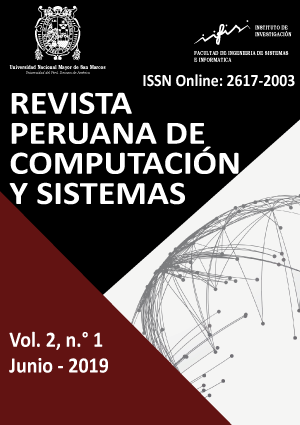Policies to reduce the problem (not perceived) of people located in Vulnerable Areas
DOI:
https://doi.org/10.15381/rpcs.v2i1.16434Keywords:
Demography; Governmental factors; Social Groups; Systems simulationAbstract
This research work starts with the question: What would be the reason why our compatriots choose to live in vulnerable areas, exposing their own life and that of their relatives? This question is relevant because it affects millions of compatriots (36% of the population, according to the Ministry of the Environment) and is applicable to any part of Peru.
To answer the question an explanatory model is proposed, indicating variables of analysis, and their possible relationships, to make simulations, from the model. It is necessary to consider that the objective of the simulations is not to provide exact results, but to describe possible future behaviors, considering the actions that we take in the present.
The proposed model considers a horizon of 50 years, and indicates that only if the problem is treated intensively the percentage of people in vulnerable areas could be reduced after a decade. Likewise, it is concluded that if actions are not taken, people located in vulnerable areas would represent 51% of the population in the period analyzed. In that sense, the policies that would contribute to reduce the percentage of people in vulnerable areas are: relocation, education and the improvement in the effectiveness of public spending.
Downloads
Published
Issue
Section
License
Copyright (c) 2019 José Robles Laynes

This work is licensed under a Creative Commons Attribution-NonCommercial-ShareAlike 4.0 International License.
THE AUTHORS RETAIN THEIR RIGHTS:
(a) The authors retain their trademark and patent rights, and also over any process or procedure described in the article.
(b) The authors retain the right to share, copy, distribute, execute and publicly communicate the article published in the Revista Peruana de Computación y Sistemas (for example, place it in an institutional repository or publish it in a book), with acknowledgment of its initial publication in Revista Peruana de Computación y Sistemas.
(c) Authors retain the right to make a subsequent publication of their work, to use the article or any part of it (for example: a compilation of their work, lecture notes, thesis, or for a book), provided that they indicate the source. of publication (authors of the work, magazine, volume, number and date).



